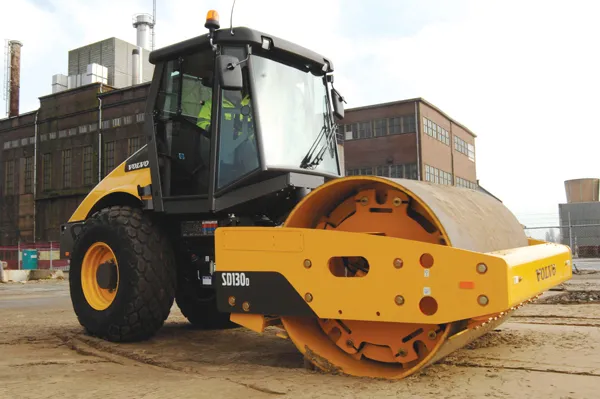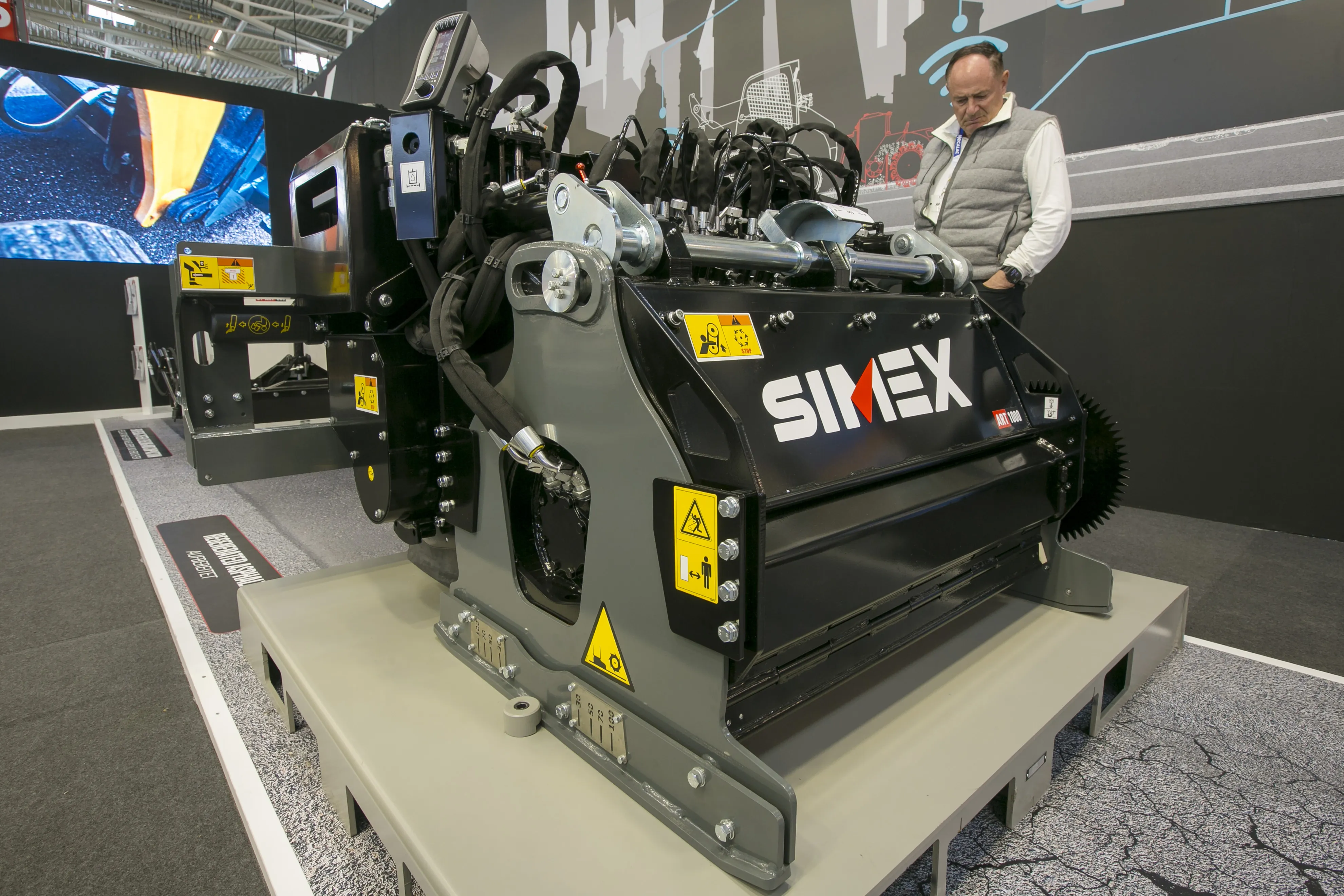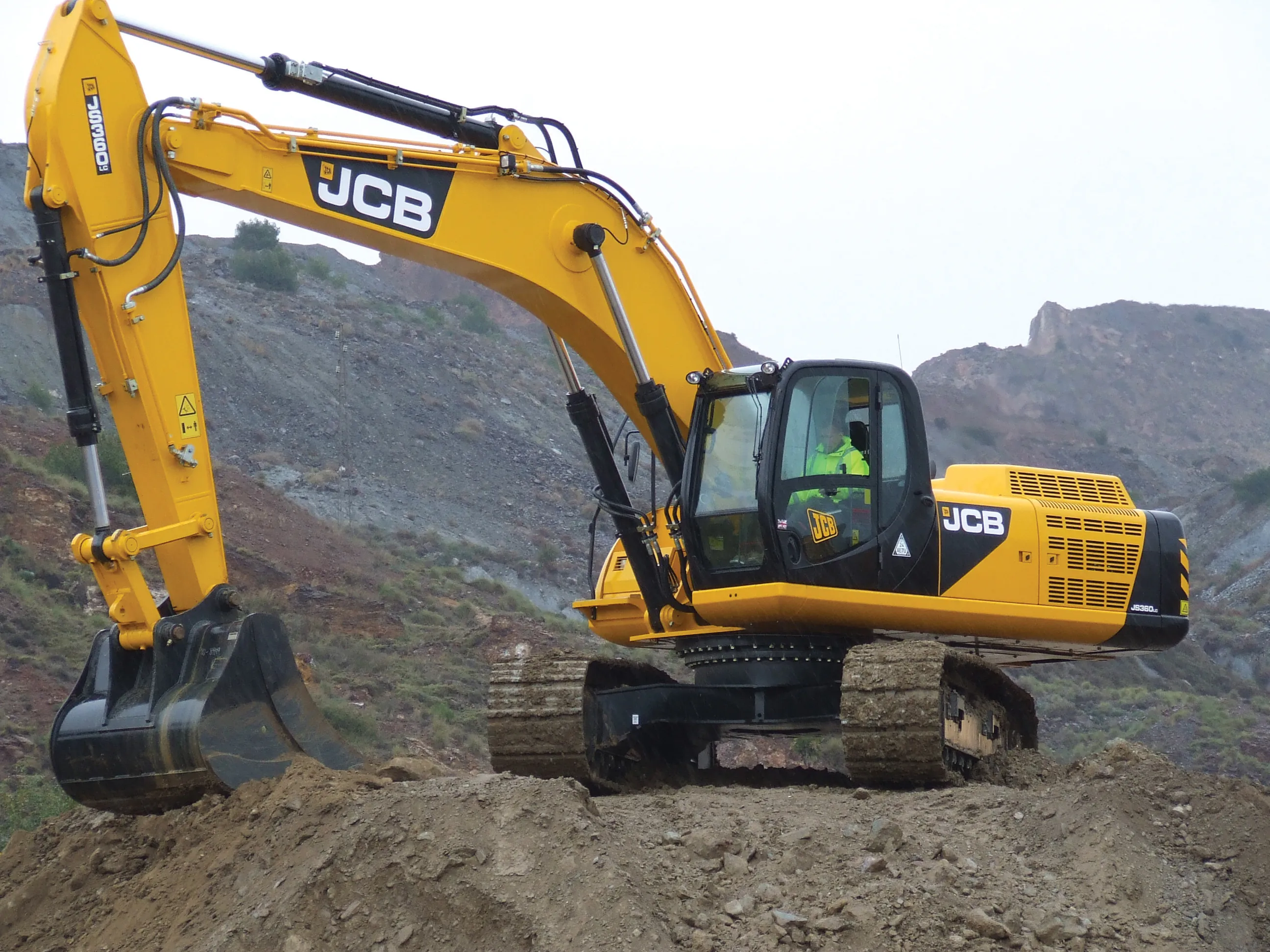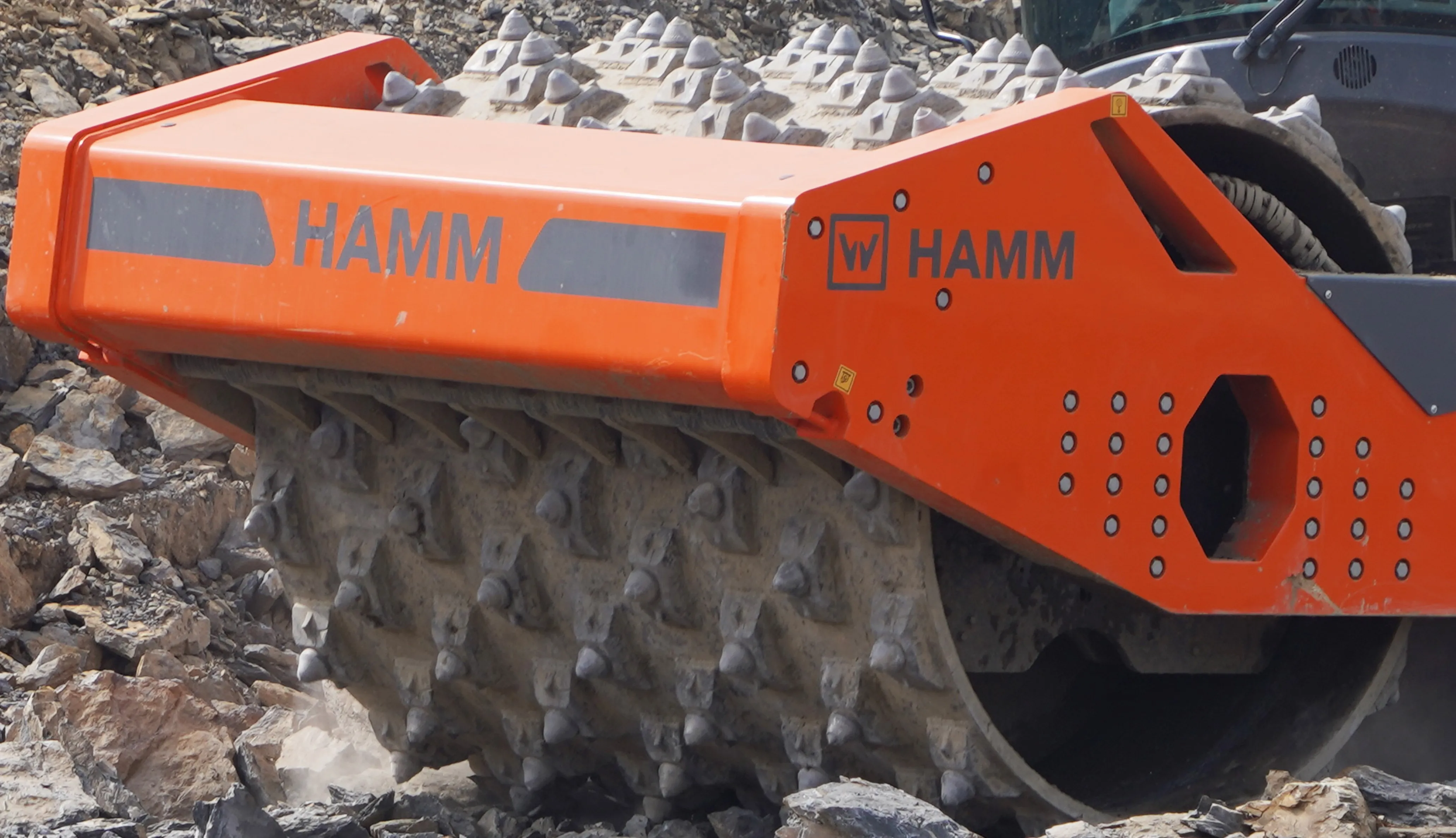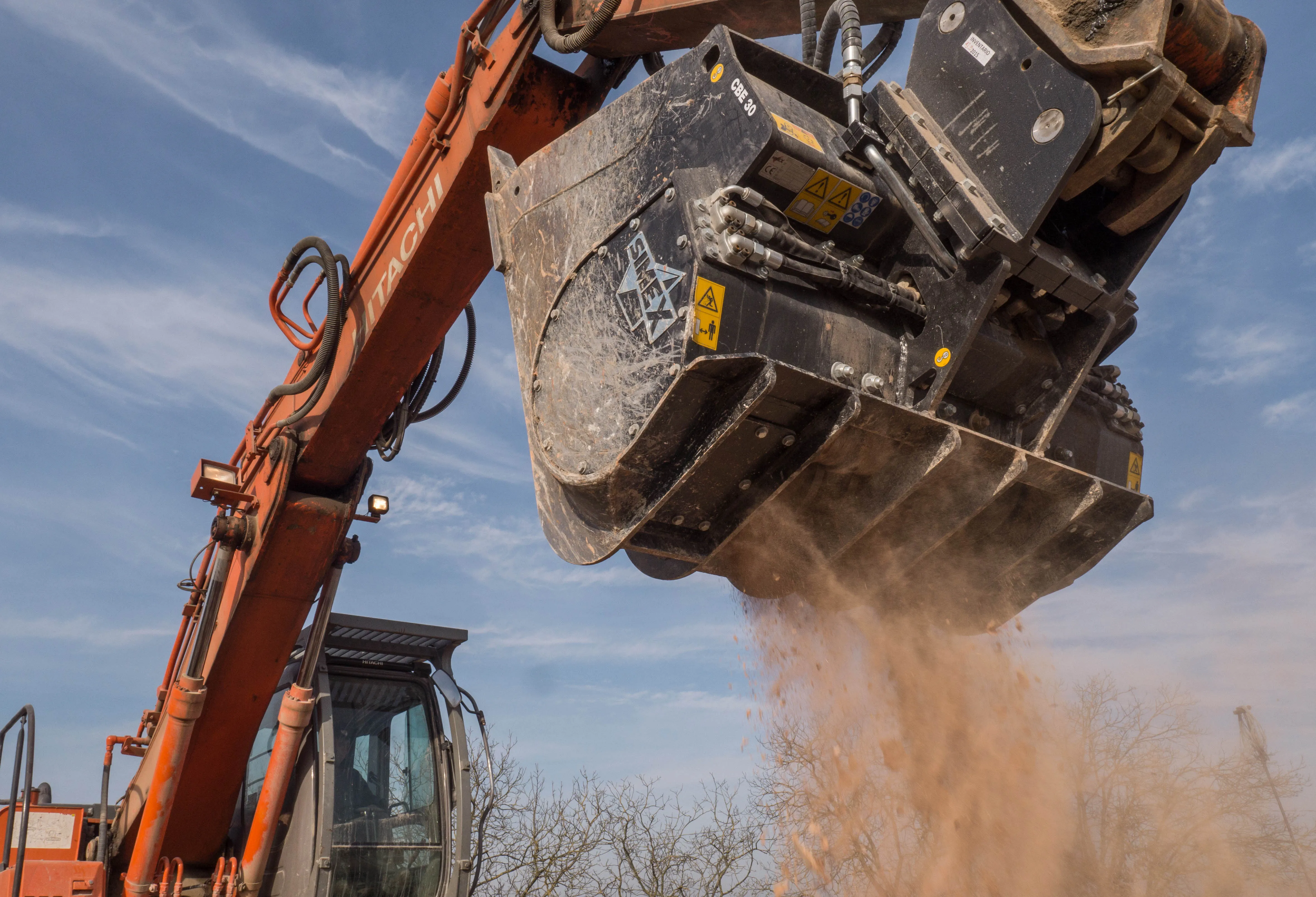
Simex’s new range of versatile attachments
Simex is marking its 25th anniversary with the introduction of several new attachment products for screening, crushing and cutting. Aimed at the screening market the firm is offering the versatile VSE 20 and VSE 30 buckets, which share patented technology and other features with the existing VSE 40 model. Like the VSE 40, these have the patented system able to hydraulically adjust the output size of the screened material. These size changes can be made from the cab of the carrier machine. Both models are co
January 6, 2017
Read time: 2 mins



